Delighted to experience this for the first time, the Korean Tourism Organization hosted a lunch for speakers of their 1st Wellness Tourism Forum at a traditional temple restaurant called "Balwoo/Baru Gongyang (발우공양)", which is literally translated to "monastic formal meal". Located in Insadong in a five-story building that is also home to the TempleStay Information Center, the restaurant is operated by the Jogye Order of Korean Buddhism.
CNN Travel voted Balwoo as one of the "Best 7 Restaurant for the Seoul Herbivore." There is no fish and no meat in keeping with the Buddhist reverence for all life and living in harmony with the world. Also the monks believe that garlic, onions, green onions, leeks and chives hamper spiritual practice so there ingredients are not used in monastic cuisine.
Natural seasonings and flavor enhancing powders are used including kelp, mushroom, bean and powders from seeds are used to make vegetable dishes, soup and kimchi.
“Eating meat extinguishes the seeds of compassion” - Buddha
“Breaking bread with Wellness” was one of my wellness travel trends of 2014. Cooking and eating are both physical and often spiritual practices, and this is especially true when it comes to Korean Temple food. At Buddhist temples everything is a practice. Meals are prepared with intention and mindfully made every step of the way.
My meal was artfully created, beautifully plated and was a joy for my eyes and mind. Admittedly Korean food is a departure from what I usually eat and relied on the menu description to understand the various vegetables, roots and herbs over the course of the fixed price meal.
I felt especially good enjoying a 100% cruelty-free, eco-friendly, healthy dining experience. Perhaps if more people knew about temple food, the world would not only be healthier but more in harmony. Good for mind, body and spirit! Highly recommend and would like to go back!

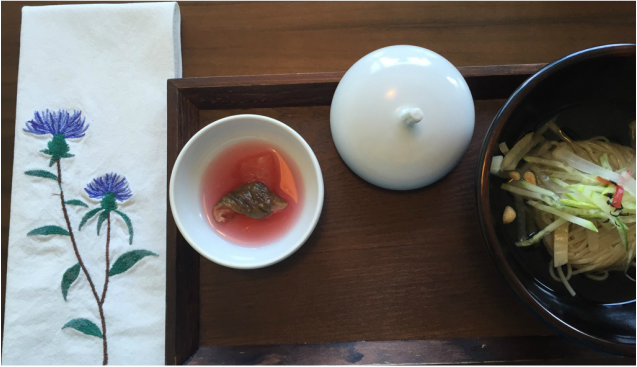
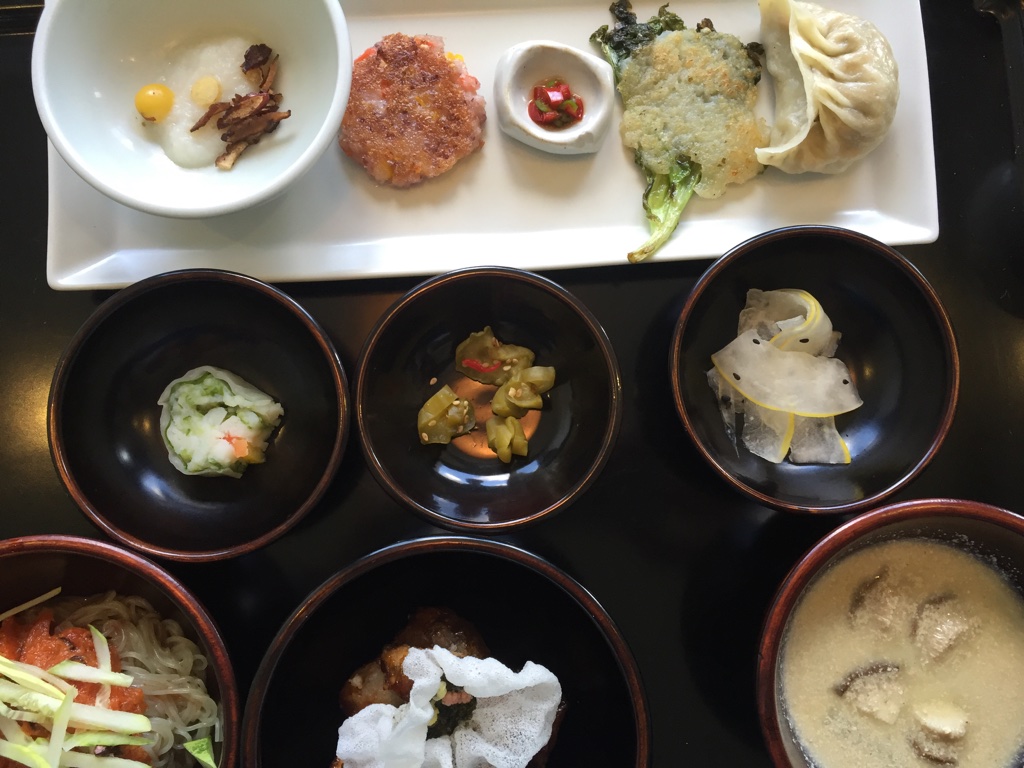
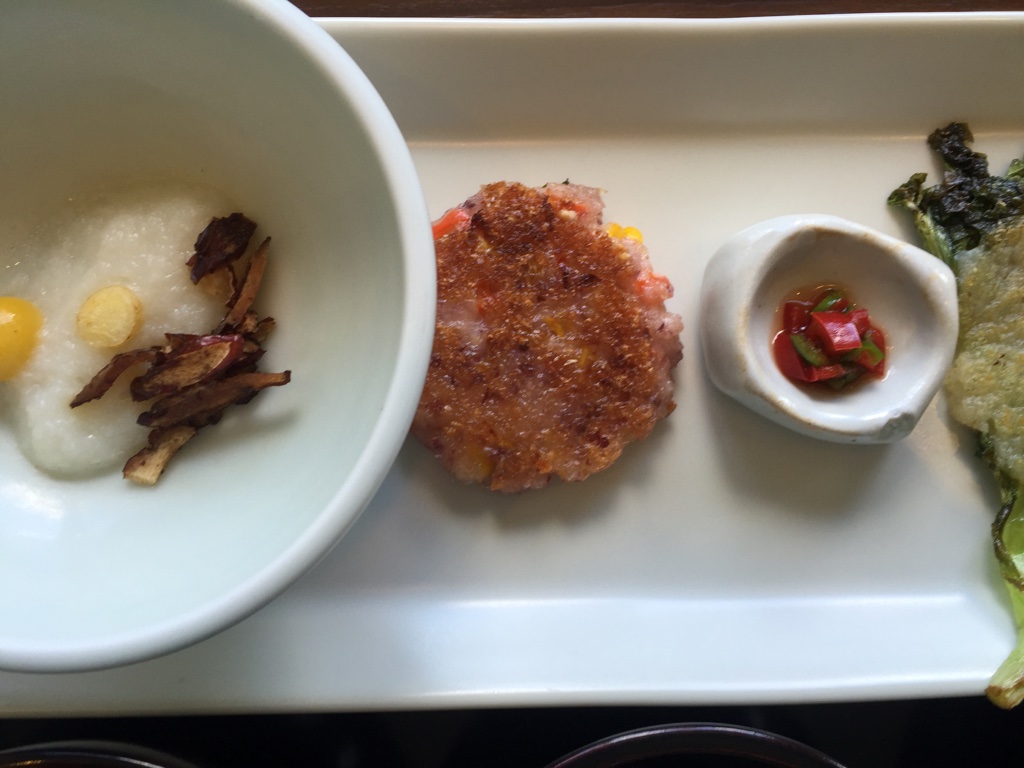
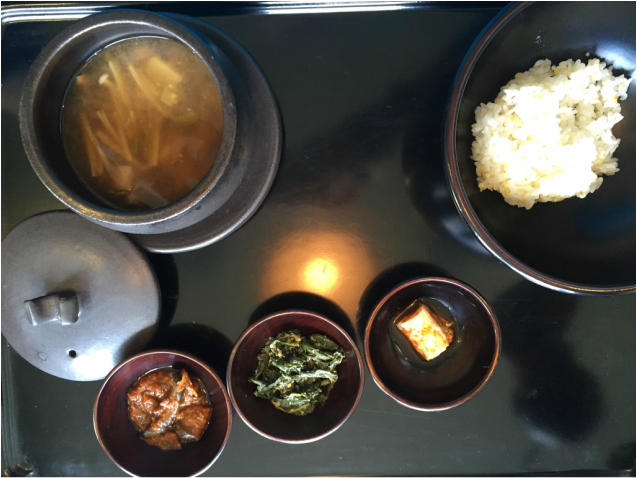
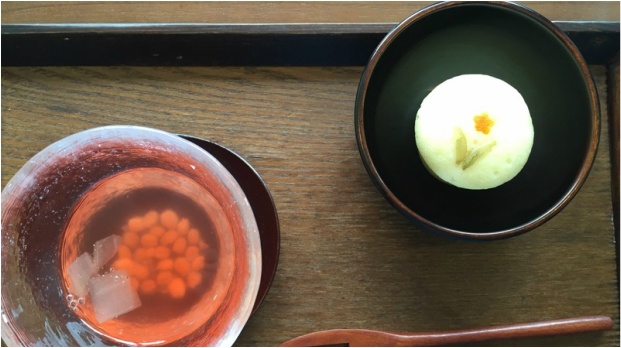
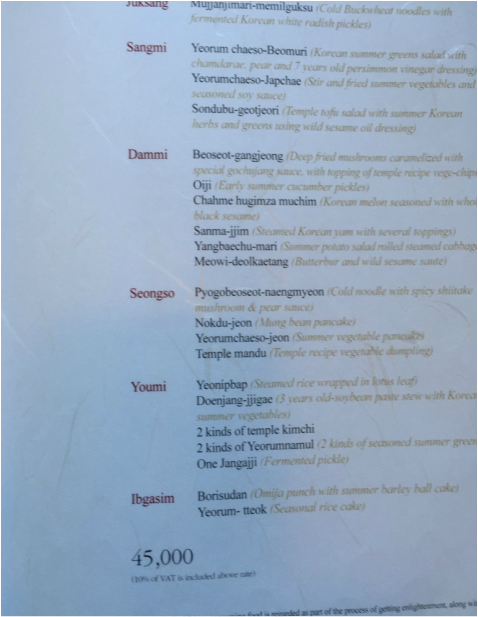
 RSS Feed
RSS Feed